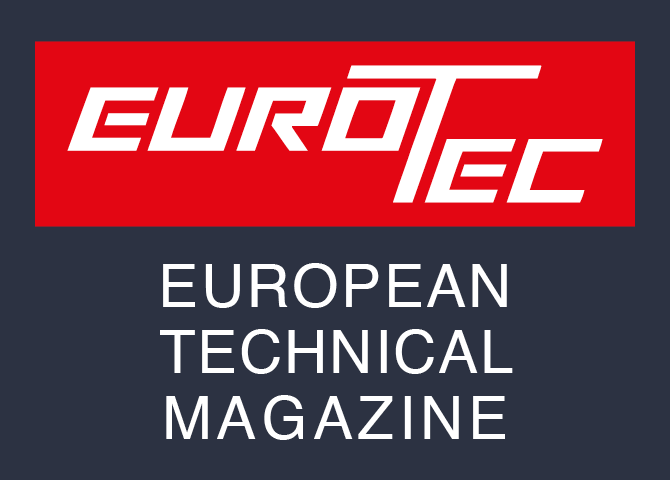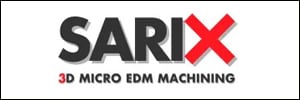Titanium (Ti) is one of those metals which, by virtue of its properties, is all the rage in different sectors. Its numerous benefits are highly appreciated for parts in the aeronautics, medical or leisure sectors. However, machining this metal is tricky and often requires quite substantial machining times and expensive tooling.
Extinguisher required Titanium is considered a metal with a high mechanical resistance and a good ductility in standard temperature conditions. Its specific resistance (tensile strength to density ratio) outclasses aluminium and steel. However, machining with this metal proves to be quite difficult. One of the problems stems from the fact that when titanium is in its divided metal form it is highly inflammable. This means the swarf easily ignites. As a result, there is a genuine fire risk when machining parts in titanium. Tornos, with considerable experience in machining this metal, strongly recommends installing a fire extinguishing device on the turning machines in the event titanium will be machined. Naturally, Tornos equips their turning machines with such a unit as an option.
Suitable machine-tools and tooling An additional major difficulty lies in the swarf formation. François Champion, sales director at tool manufacturer Applitec, explains: "The problem can be compared to that of stainless steels alloys. Based on our experiments, you need to look for the most suitable tool every time. One of the difficulties in machining titanium lies in the quality of this metal: The first time you may have an alloy making extremely long swarf which is difficult to break, the next time the machined alloy creates quite short swarf. " This confirms the observations made by Philippe Charles, an expert in this field at Tornos: "Depending on the type of operations, the swarf is either long or short. The operator therefore needs to work with high-pressure lubrication and adapt the speed and cutting tools." He adds: "In the event of short swarf, filtering the cutting oil becomes crucial." François Champion: "There is no single type of cutting tool for titanium machining. In each case, the bar turner is required to select the right tool, based on the metal alloy and the type of operation. We assist them in this selection, of course." As the metal is relatively soft, it is easy to leave marks on the workpieces, an unacceptable defect in most cases. For Philip Charles, alongside high-pressure lubrication to remove swarf immediately and efficiently, a rotating or self-adjusting guide bush help solve the problem. Both the machine-tools and toolings therefore need to be adapted to the task. Important research in progress As part of a project supported by the federal commission for technology and innovation (KTI), the Inspire SA institute – located on the premises of the Swiss Federal Institute of Technology Zurich (EPFZ) – is working very hard to find the solutions to the problems of titanium machining. The research is first and foremost focusing on milling with this metal, but Carl-Frederik Wyen, researcher and leader of the project, confirms:
"We also need to study the problems inherent to turning. »
Information: Inspire AG Dipl.-Ing. Carl-Frederik Wyen CLA F 33, Tannenstrasse 3 8092 Zurich Tel. 044 632 68 04 [email protected] www.inspire.ethz.ch





















